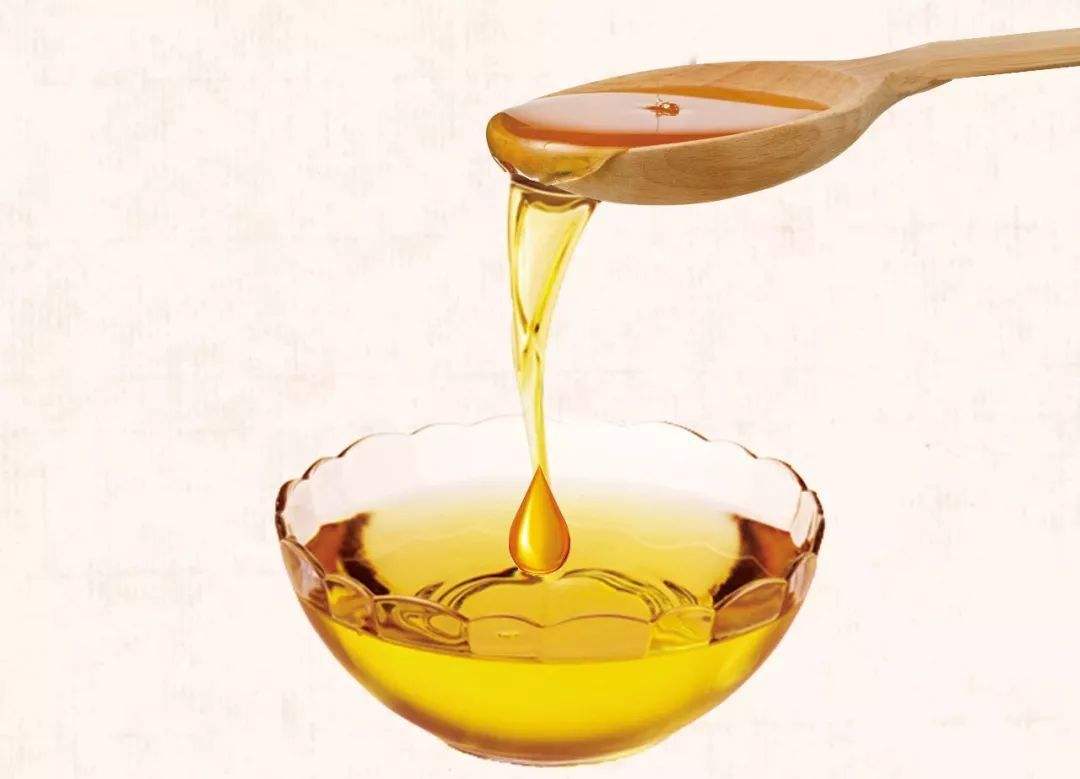The edible oil refining equipment produced by our company includes camellia seed oil, rapeseed oil, peanut oil, corn oil, etc. It also provides large, medium and small refining production lines. If you have requirements for equipment, you can also choose to customize.

The purpose of edible oil refining: to make vegetable oil suitable for human consumption.
Refining: The refining of vegetable oil is necessary. In order to meet the requirements of human consumption, the finished oil must meet the requirements in terms of color, taste, smell and stability.
1. Chemical refining method
Using chemical refining, adding alkali in the neutralization process can remove free fatty acids, most of the phospholipids and other impurities.
2. Physical refining method
Using physical refining, free fatty acids are removed by steam stripping. The important benefits of physical refining are the high yield of oil, the reduction in the use of chemicals and water, and a reduction of about 90%. The choice of chemical refining and physical refining depends on many factors, such as: the quality and acidity of the crude oil, how to remove soapstock, and local environmental requirements.
Chemical refining includes:
1. Degumming 2. Neutralization 3. Dewaxing and winterization 4. Decolorization 5. Deodorization
Physical refinement includes:
1. Degumming 2. Decolorizing 3. Deodorizing
Degumming: The degumming process removes the phospholipids and viscous substances dissolved in the oil at high temperature or low temperature, so that they can be dissolved in the water phase and removed. The use of high-efficiency strong acid (phosphoric acid) can accelerate the degumming process.
The hydrated phospholipids can be removed together with the added water (hydration degumming). Non-hydratable phospholipids are difficult to remove and can only be removed after being transformed by treatment with concentrated acid (acid degumming). The water and acid used for degumming are selected according to the type of oil.
Neutralization: Neutralization is achieved by adding sodium hydroxide (NaOH) to the degummed oil to form saponification of free fatty acids, phospholipids and most of the pigments in the oil to achieve the purpose of deacidification. Generally speaking, the neutralization process includes three steps, the separation and washing of the neutralized soap, and vacuum drying.
Different oil products and different initial free fatty acid content determine the concentration of NaOH and the neutralization reaction temperature. The content of free fatty acids is high, and the concentration of sodium hydroxide added is also high, so that the emulsification reaction can be avoided. The neutralized mixture (soap stock) is separated from the oil by a centrifugal separator (primary centrifugal separation), then washed and centrifuged (secondary centrifugal separation) to remove water, and then vacuum dried.
Water washing mainly removes the saponification remaining in the oil.
Vacuum drying removes the water remaining in the oil after washing and separating the water.
dewaxing and winterization: dewaxing and winterization are used to remove a small amount of solid matter that usually produces haze in the oil at freezing temperatures. These solid substances are mainly saturated triglycerides (stearyl) or waxes (a small amount of fatty acids dissolved in fatty alcohol lipids or oils). This process is mainly suitable for the refining of sunflower oil, corn oil and safflower oil, because they contain higher wax content than other edible oils (100¡1000ppm oil).
When processing this kind of oil, first cool down the oil slowly, and keep it at low temperature (5~10℃) for a long time (at least 6 hours) in order to let the wax crystallize. In order to facilitate crystallization and facilitate filtration, filter aids are usually added, which is 0.1% of the wax content. Gradually cooling helps to promote the formation and stability of filter crystals. The filter crystals gradually grow and form good crystals, which ensures the stearin And wax is easier to be removed by filtration. Before filtering, the oil temperature is usually raised to about 15-18°C to reduce the oil viscosity to facilitate filtering.
dewaxing can also be performed alternately using a centrifuge. In this process, the neutralized oil is first cooled down and then enters the crystallizer, and the wax accumulates in the crystallizer. After a period of retention time, the oil is heated and pumped into the centrifuge for separation.
Decolorization: Decolorization mainly removes most of the pigments in the oil, including colloids and trace saponification and other impurities. Under vacuum, adding appropriate amount of decolorizing clay and stirring at 90-110°C can remove most of the substances present in the oil. The amount of clay added is roughly 0.8-2.0% depending on the quality of crude oil and refined oil.
The white clay in the oil is separated by a sealed leaf filter. The filtered oil is then passed through a polishing filter to remove traces of clay particles remaining in the oil after the first filtration. This step of polishing and filtering is more important, because if the refined oil contains residual clay particles, it will reduce the oxidation stability of the oil. The filtered waste clay usually contains about 20-40% residual oil, which is the main loss in the oil refining process.
Deodorization: Deodorization is usually the last step of edible oil refining. The deodorization section mainly removes odorous substances in the oil through steam stripping under vacuum and high temperature. These smelly substances usually refer to aldehydes, ketones, peroxides and other organic substances. Deodorization can be seen as a multi-step process, mainly including gassing, heating, deacidification, deodorization and oil cooling. There are three main deodorization methods: intermittent, semi-continuous and continuous.
Copyright © Henan Zhongxing Grain And Oil Machinery Co.,Ltd. All Rights Reserved. Powered by MetInfo